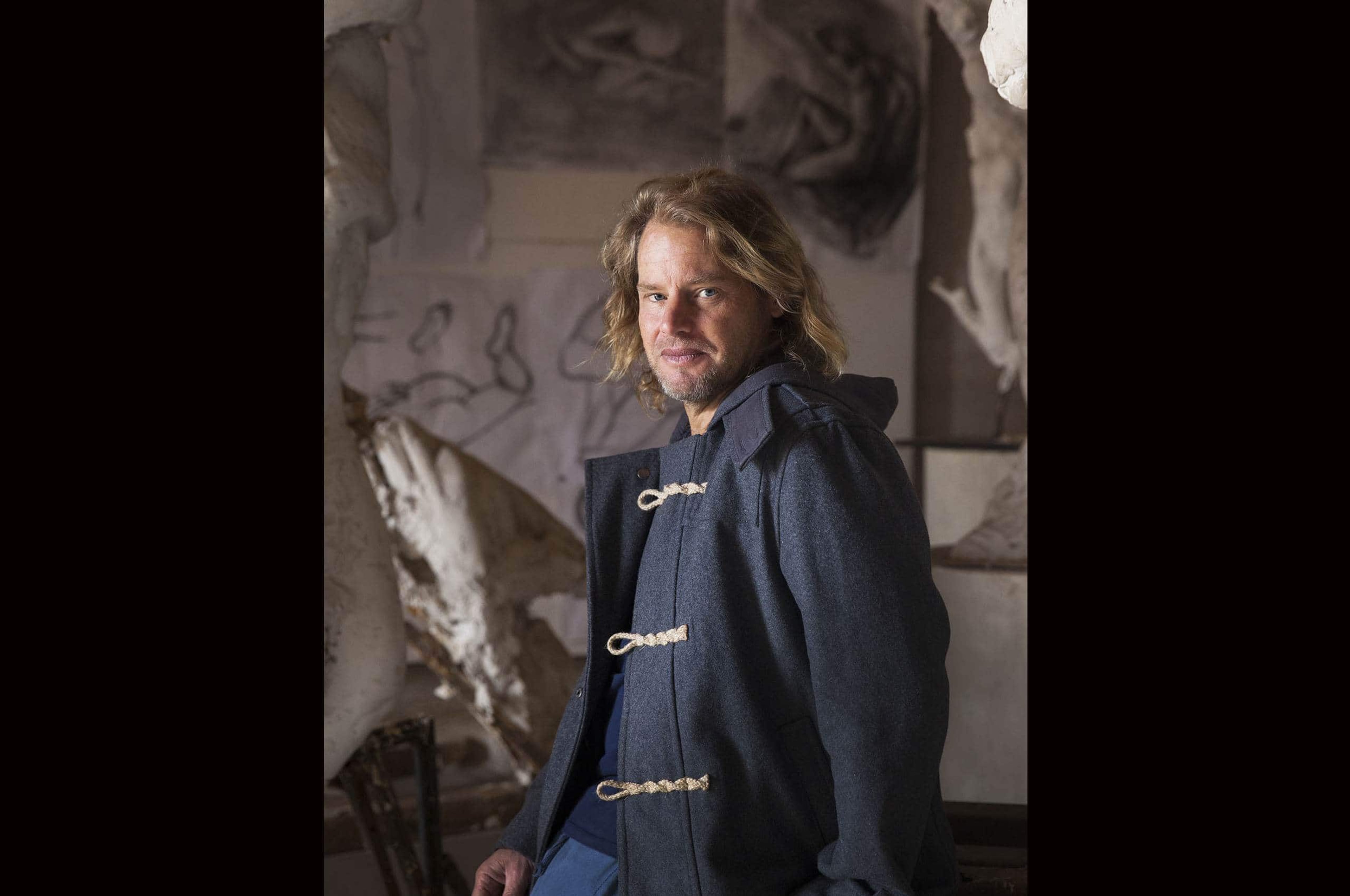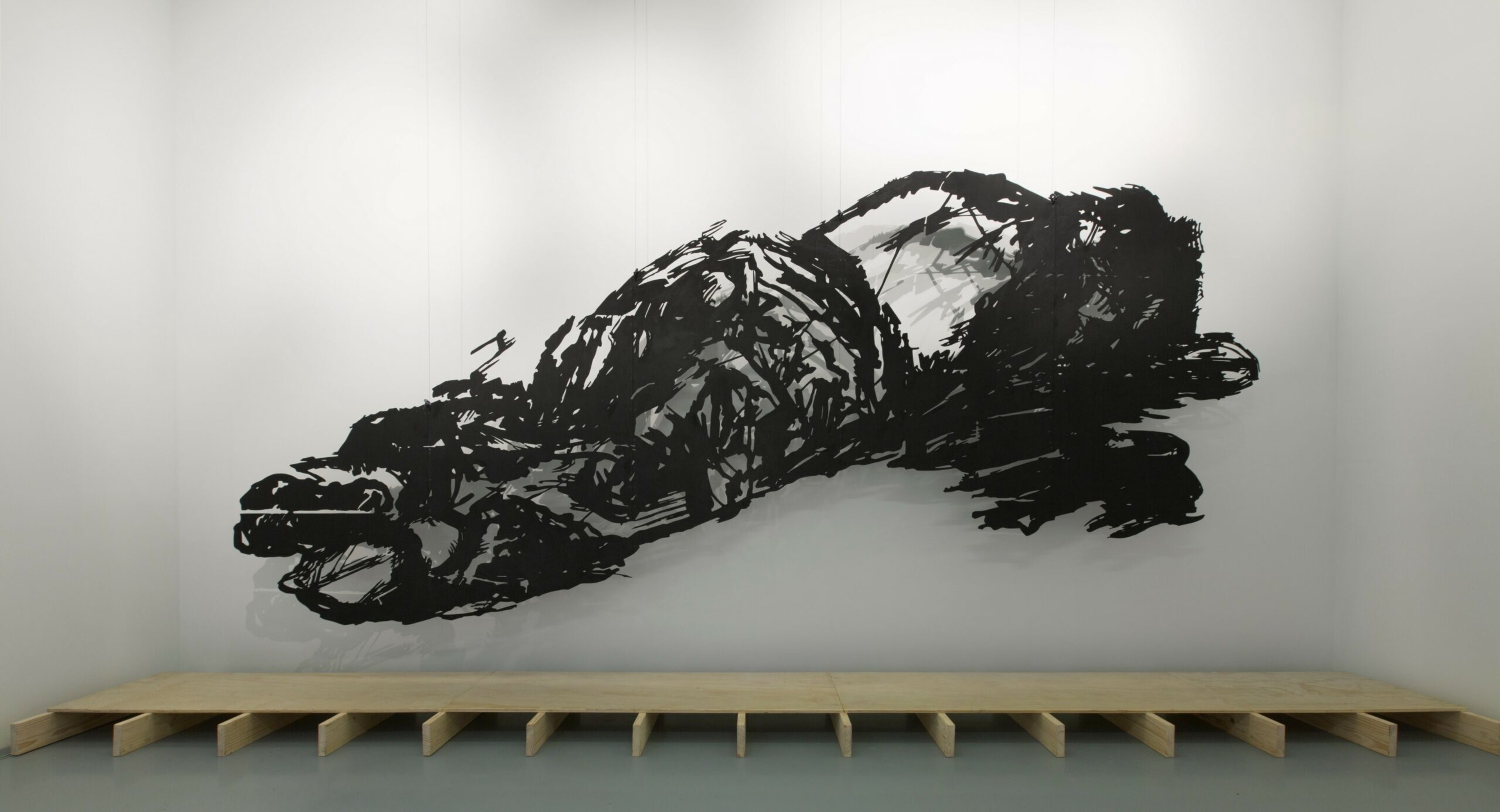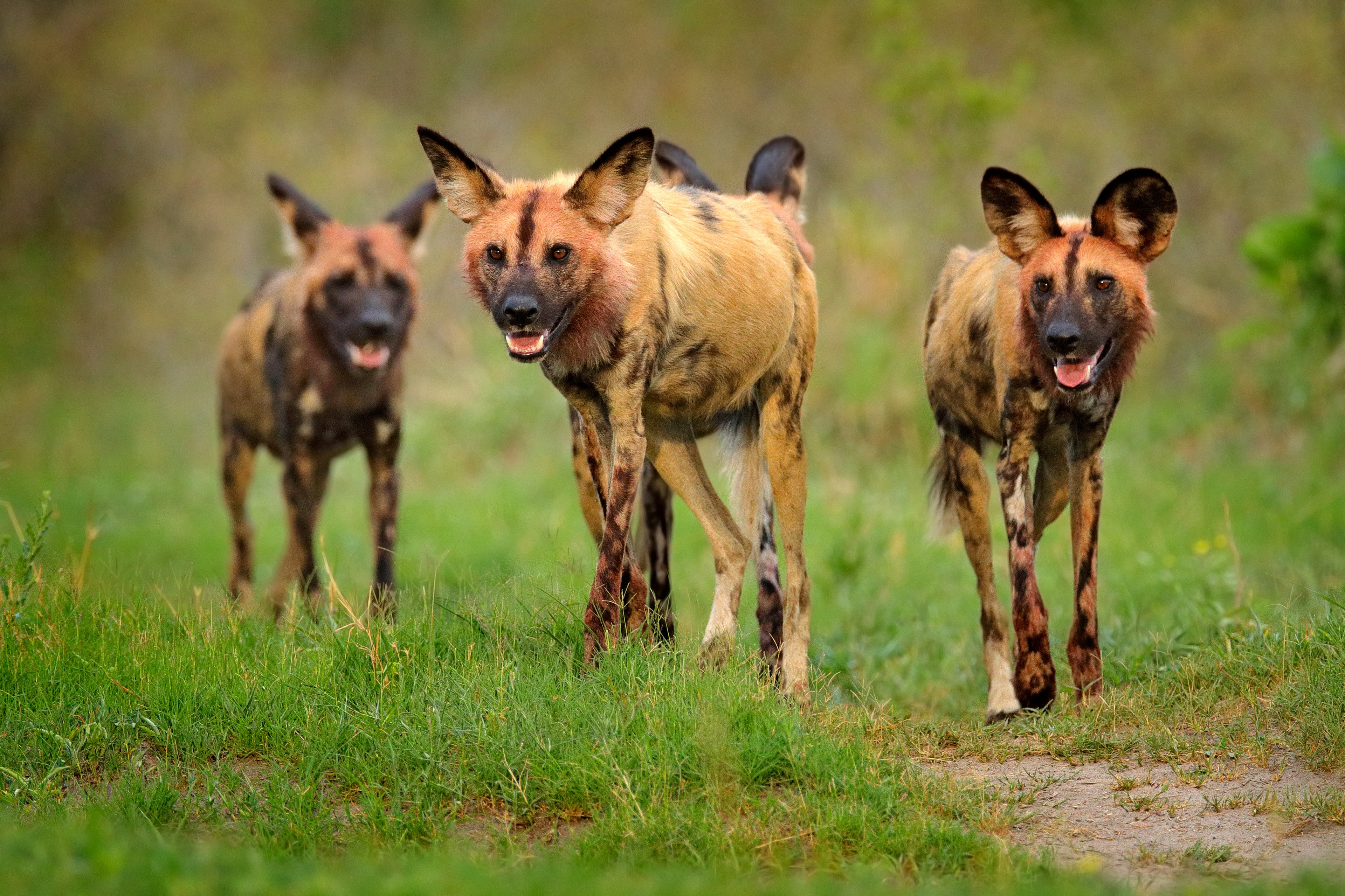With an international career spanning two decades, South African artist and sculptor Dylan Lewis’ works are beloved, acclaimed and highly collectible because of the magnificence with which his sculptures capture the form of wild animals, towering mythological figures and fragmented beings. His art grapples with a deep biological and psychological connection to the wild and strives to drive home the point that the concepts of wildness and wilderness are not vague social constructs "out there" somewhere, but a raw and untamed connectivity that resides in each of us. "Our disconnection from our inner wildness, as a species, has rendered us psychologically lonely and fragmented," says Dylan. "As a direct consequence, our wilderness areas and wildlife have suffered too."
Dylan’s interest in the Jungian notion of "the wilderness within" is explored and expressed most eloquently at his 17-acre private garden in Paradyskloof, just outside Stellenbosch. Here, more than 60 sculptures that chart the trajectory of his career are placed along nearly three miles of pathway that lead visitors on a journey from the gloriously cultivated to the unashamedly wild. Dylan stumbled upon the idea to create the garden almost ten years ago, when he and his wife Karen were living in a cottage on the farm with their three children. "I’d had no intention of creating a garden," he laughs. "I’d hired a digger to clear a level play area behind the house, but when I saw what the machine could do, it kicked off a process in me that I couldn’t ignore."
The garden took shape organically over an eight-year period, with Dylan transforming what was originally a flat piece of disused farmland into a place of abundant shapes and contours. "It was extraordinary to realize that the earth could be shaped, much like the surface of a sculpture," he recalls. But then shaping natural spaces has long been a passion for Dylan. As a child, he would spend hours making paths and clearings in a wild area behind his grandmother’s house, and in later years when he studied taxidermy and museum display at Cape Town’s Rondevlei Nature Reserve, his most fulfilling task was the creation of new path systems.




